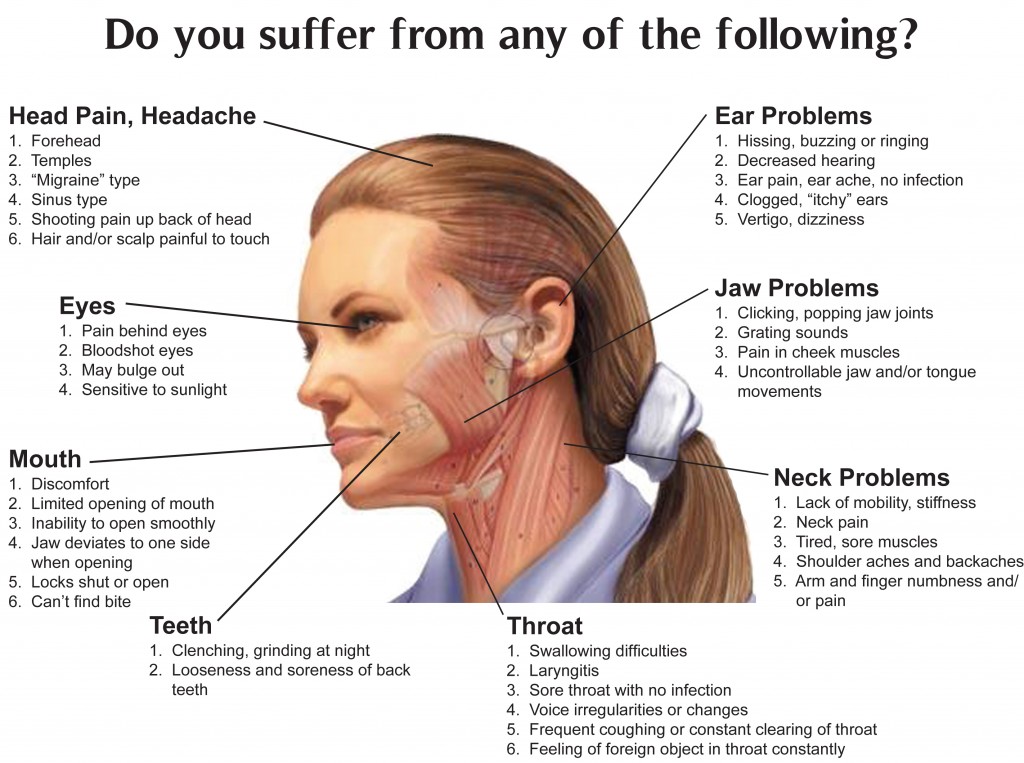TMJ Treatment and Coping Tips: How Speech Therapy Can Help
Speech therapists are like Jacks of all trades. They can help children with autism learn to make conversation, children with lisps learn to speak clearly, and yes, they even have speech therapy techniques for TMJ treatment (temporomandibular joint disorder is actually TMD, but it’s more commonly referred to as TMJ).
TMJ is a condition that involves the muscles, nerves, and joints of the jaw. For the uninitiated, TMJ goes beyond simple jaw pain. When I first developed TMJ, I went to the urgent care clinic, convinced that I had tetanus because I couldn’t open my jaw wide enough to speak or eat. I had to use an augmentative and alternative communication (AAC) device to communicate with the intake nurse (in this case, a piece of paper and pen). Aside from the inconvenience, it was pretty darn painful. If your child is diagnosed with TMJ, don’t take the “wait and see” approach, because it tends to get progressively worse. A doctor can prescribe pain medication and muscle relaxers for TMJ treatment, and she may also recommend that you take your child to a speech-language pathologist (SLP).
How Does TMJ Interfere with Speaking?
TMJ can have a significant impact on your child’s articulation, depending on how severe it is. A little minor jaw pain may simply discourage him from hollering a lot on the playground, but a severe flare-up can make it difficult for him to articulate sounds. (I found the “f” sounds particularly difficult to articulate.)
How Can a Speech Therapist Help?
A speech therapist can help your youngster by addressing the potential root causes of TMJ. Many people with TMJ have an abnormal resting position of the tongue. If your child has tongue thrust, his tongue will press against the front teeth or between them, while at rest and/or while swallowing. All infants have tongue thrust, but they should position the tongue properly no later than age 7. Tongue thrust inhibits proper articulation, particularly of the “s” sound.
Your child’s speech therapist can guide him through some exercises to correct tongue thrust. First, your child must be made aware of the position of the tongue. The speech therapist can use a Speech Buddy to provide a target at the top of the alveolar ridge. Your child will touch the target with his tongue, creating the proper resting tongue position. He must also learn to relax the jaw and surrounding muscles, and rest with his teeth slightly open.
Your child’s speech therapist may also teach him to swallow properly. With tongue thrust, the tongue moves forward, rather than back, during swallowing. The SLP may instruct your child to take a sip of water, trap it between the tongue and the alveolar ridge, and swallow so that the tongue moves back.
What Are Some Speech Therapy Techniques and Coping Tips to Use at Home?
Talk to your child’s speech therapist about the techniques she is using in her sessions, and how you can reinforce those techniques for TMJ treatment at home.
- Remind your child during meals about proper swallowing.
- Use a Speech Buddy for a few minutes, several times per week to reinforce the correct position of the tongue.
- If he tends to rest his head on his hand, try to gently break him of this habit, as it contributes to TMJ pain.
- Encourage him to place a hand under his jaw when he yawns to avoid overextending the jaw. (Curling the lips over the teeth while yawning also helps reduce strain.)
- Remind your child to keep his lips closed when he is not speaking or eating.
- Remind him to breathe through his nose, not his mouth.
- During a painful flare-up, apply a warm compress to the jaw several times daily, feed him soft foods only (no chewy foods), and encourage him to communicate with gestures whenever possible to reduce strain on the jaw.



